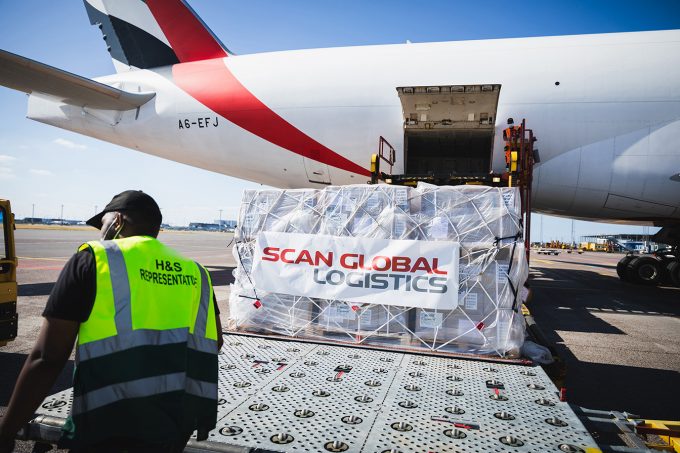Air charter market braced for very busy Q4, and prices are rising
Charter brokers have warned that the fourth quarter in air freight will be very busy ...

There has been little change this summer in the trends that have dominated the air cargo market for some time: weak demand and overcapacity, leading to a steady decline in rates.
The Baltic Air Index’s (BAI) July readings for Shanghai to Europe and to North America showed a 59% and 46% year-on-year drop, respectively, while for Hong Kong to Europe and to North America, rates fell 43% and 45%, respectively.
Second-quarter trading statements from most forwarders showed double-digit volume declines and yields ...
'Disastrous' DSV-Schenker merger would 'disrupt European haulage market'
New senior management for DSV as it readies for DB Schenker takeover
Volumes set to 'fall off a cliff' as US firms hit the brakes on sourcing and bookings
Asian exporters scramble for ships and boxes to beat 90-day tariff pause
Temporary tariff relief brings on early transpacific peak season
Amazon pushes into LTL for small package fulfilment and UPS does a u-turn
Pre-tariff rush of goods from US to China sees air rates soar, but not for long
Forwarders 'allowing the fox into the chicken run' by supporting 'hungry' carriers

Comment on this article